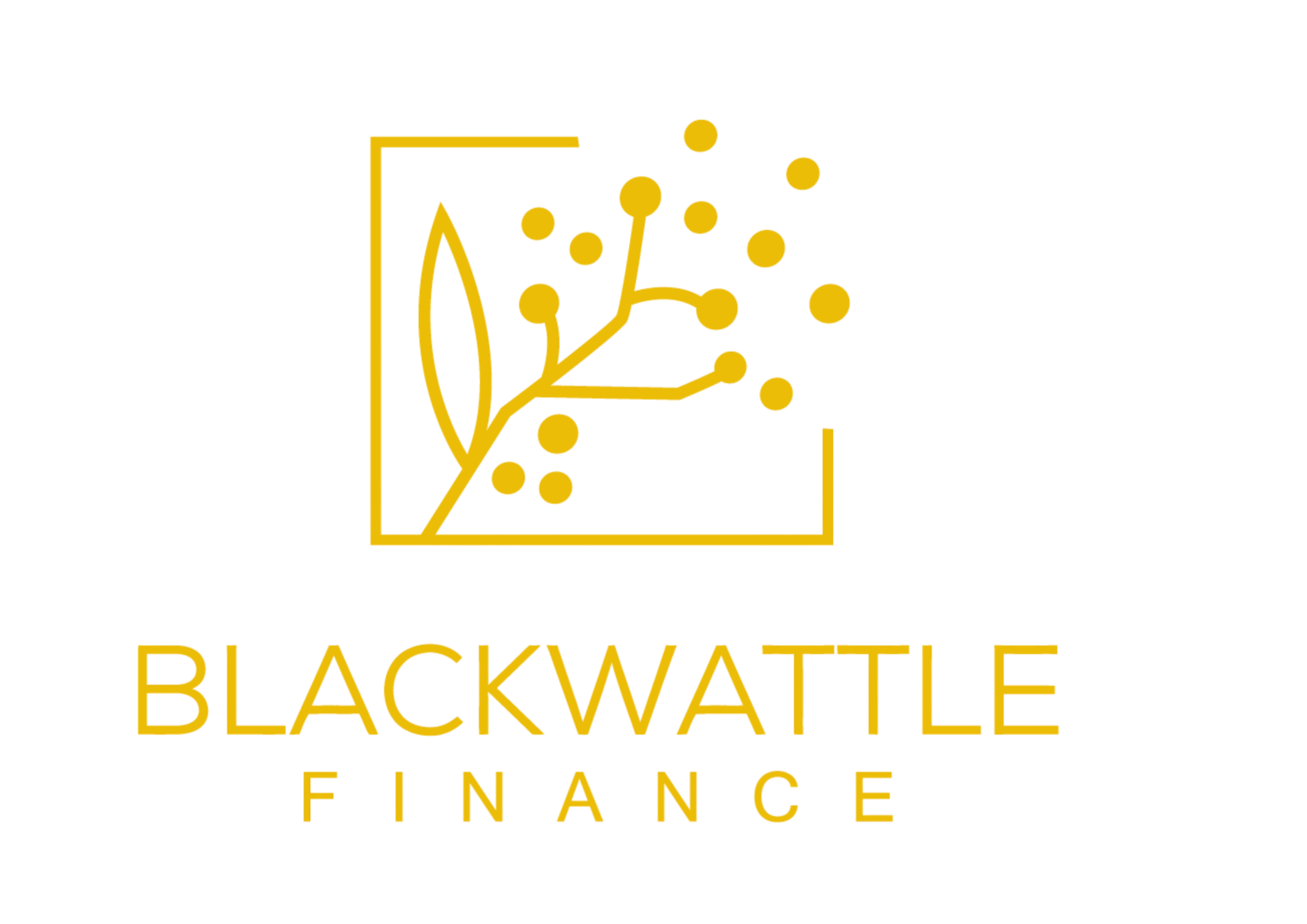Eliza and Mark are a young couple I have known since helping them with their first home purchase in 2017. They are both keen on creating wealth through property, having been inspired by Eliza’s parents who retired early thanks to building a six-property-strong investment portfolio.
In the four years since buying for $700,000, Eliza and Mark have managed to increase the value of their Campsie home to close to $1m. The increase is thanks to a combination of capital growth and home improvements. Eliza and Mark have spent their spare time on restoration and renovations. They have managed to chip a fair bit off the mortgage at the same time, reducing the loan from $650,000 to $600,000. This is how they used their equity to by an investment:
They refinanced their home and freed up some of the accumulated equity, accessing an extra $150k on top of the existing $600k loan, increasing the loan to $750k
They bought an apartment in nearby Canterbury for $600k, and used the $150k withdrawn from their owner occupied loan for a 20% deposit, stamp duty, and costs
Their new situation looks like this:
The family home valued at $1m with a loan of $750,000
An investment property valued at $600,000 with a loan of $480,000, earning rent of $420 per week
The repayments on their interest only investment loan are $340 per week, meaning that the loan repayments and most of the ongoing costs are covered by the rental income

